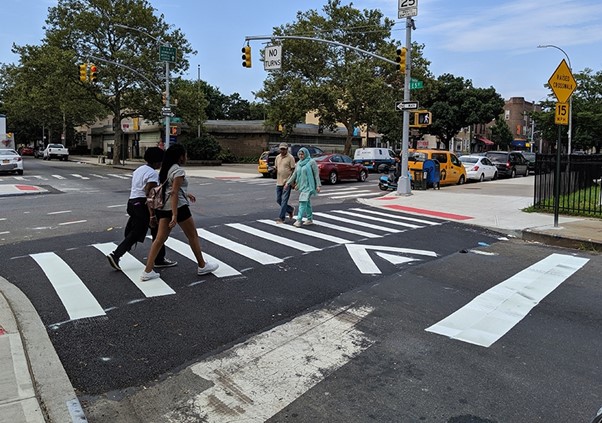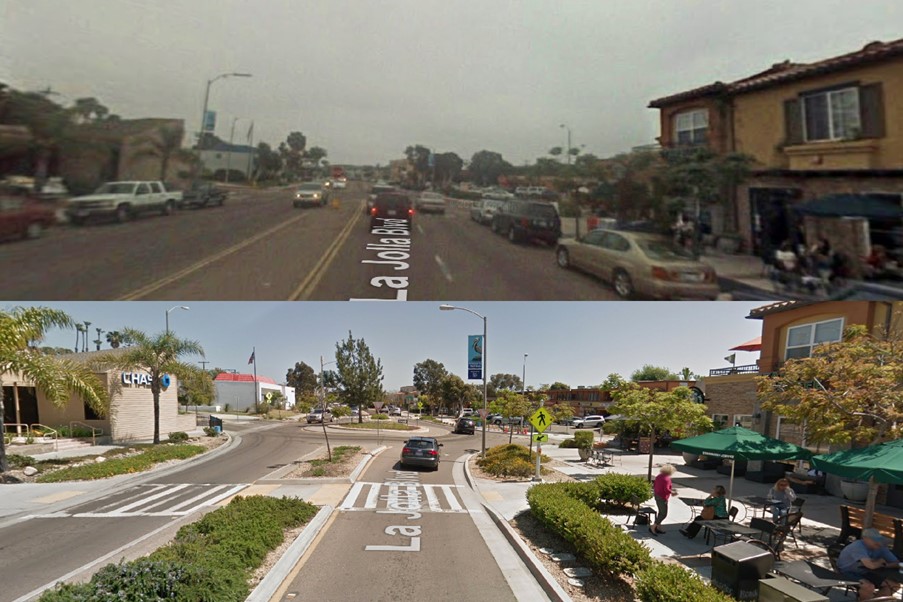THE government’s recent initiative to address the alarming statistics of road fatalities in school zones is a welcome step towards enhancing safety.
With 67 lives lost annually in these areas, the government’s decision to reduce speed limits from 40km/h to 30km/h and mandate the installation of speed bumps is a commendable effort.
These measures, coupled with plans to collaborate with schools and the private sector to improve public transportation, reflect a proactive stance on road safety.
However, while these steps are positive, they may not fully address the complexities of ensuring school zone safety.
The reality is that speed limit signboards are often ignored by drivers, and many parents, with a legitimate concern for their children’s safety, choose to drive them to school. This reliance on cars, though well-intentioned, introduces a host of unintended consequences.

The increased number of vehicles around schools contributes significantly to air pollution, which adversely affects students’ health.
The congestion created by a high volume of cars during drop-off and pick-up times leads to traffic jams, safety hazards, and inefficiencies, wasting time and fuel.
Moreover, more cars on the road inherently increase the risk of car crashes, potentially endangering children and other road users.
In addition, children who are consistently driven to school miss out on developing crucial pedestrian skills, which could endanger them when they do walk.
This reliance on cars also impedes their development of independence and self-reliance. Furthermore, the lack of physical activity from being driven to school is detrimental to their overall health and development.

To address these issues comprehensively, several actions are necessary. In the short term, enhancing pedestrian safety through improved visibility with raised crosswalks, flashing beacons, and bollards is crucial.
Slowing down traffic with speed bumps, narrower roads, and stricter enforcement of speed limits can help mitigate immediate risks. Increasing the presence of traffic wardens during school hours and launching road safety campaigns will further support these efforts. Expanding school bus services can also reduce the dependency on personal vehicles.

For long-term improvements, prioritising active transport by creating dedicated bike lanes, wider sidewalks, and sheltered walkways is essential.
A road diet by reducing road widths and encouraging sustainable transportation methods like walking, biking, and public transit should be promoted. Optimising school bus routes to improve efficiency and coverage will also play a key role.
Looking further ahead, creating safer communities with buffer zones around schools integrated with public transport is necessary.
Engaging the community through school road safety committees and involving parents in safety initiatives will foster a collaborative approach.
Strengthening traffic regulations, reviewing laws, allocating funds for safety improvements, and enforcing stricter penalties will ensure that these measures are effective and sustained.
In conclusion, while Malaysia’s new speed limit laws and infrastructure upgrades are important initial steps, a more long-term and comprehensive approach is needed to address the multifaceted issue of school road safety.
By implementing these immediate actions, investing in infrastructure improvements, and engaging in long-term planning, we can make meaningful progress towards creating safer and healthier school environments for our children. – July 28, 2024
Boo Jia Cher is a Focus Malaysia reader.
The views expressed are solely of the author and do not necessarily reflect those of Focus Malaysia.
Main pic credit: CNA









